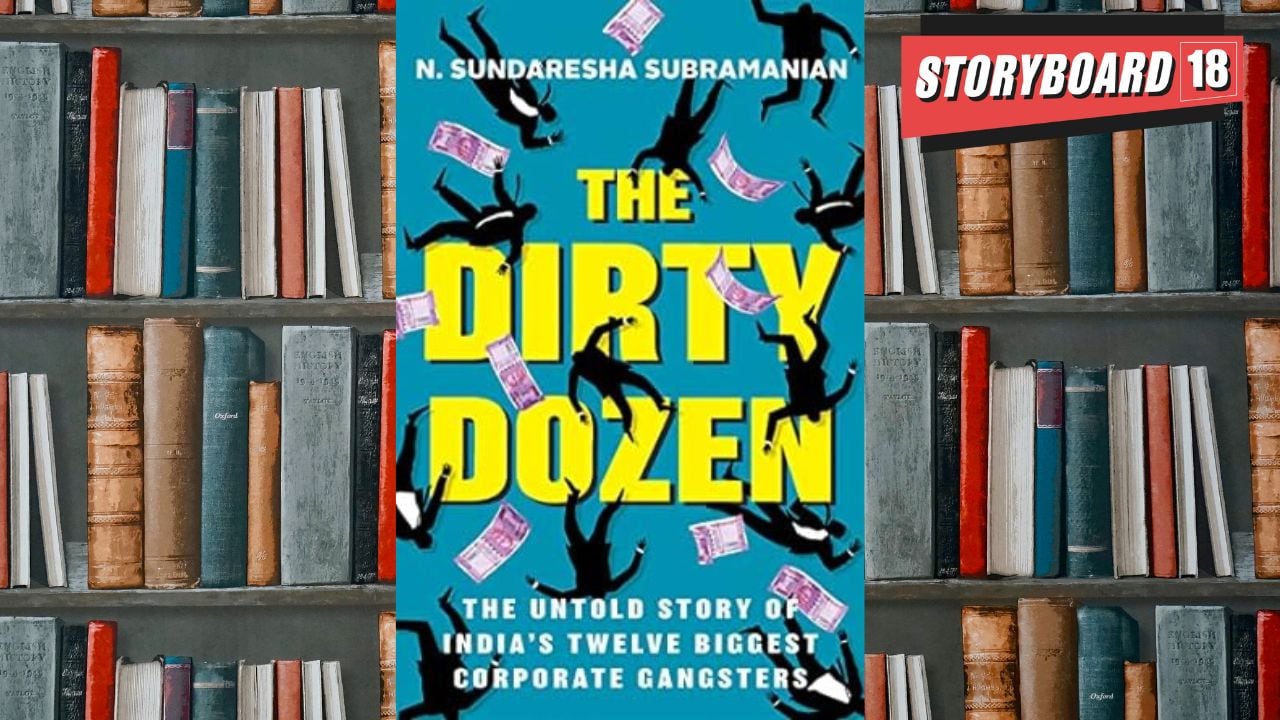The Lords of Frauds
When I read the title of the book, ‘The Dirty Dozen, India’s 12 Biggest Corporate Defaulters,’ by N Sundaresha Subramanian, I was immediately reminded of an HBR Ideacast that I had listened to a while ago, featuring accounting professor Kelly Richmond Pope. She spoke at length about three kinds of ‘white collared crimes,’ those that came about by intentional perpetrators, accidental perpetrators and righteous perpetrators. Pope has authored ‘Fool me Once- Scams, Stories and Secrets from the Trillion Dollar Fraud Industry,’ and proposes that people who end up as intentional proprietors, might’ve often started off as accidental or righteous perpetrators.
Armed with this perspective, I opened the book to discover that the 12 case studies in the book, could also be categorised in the same way!
Here are our 5 Bookstrapping insights:
1. The foreword by Dr. M S Sahoo, former chair of the IBBI (Insolvency and Bankrutpcy Board of India), maintains that the book’s cautionary tales will serve to ignite inspiration. Later in the book, Sahoo also quotes from Ernst Hemingway’s novel ‘The Sun also Rises.’ When one of the characters asks, ‘How did you go bankrupt ?’, the other one answers, “ Two ways; gradually then suddenly!” Sahoo believes that this is how the bankrupty reforms have unfolded too!
2. Due credit is given to M.Narasimhan, the 13th governor of the RBI, who suggested the NPA categorisation system. The book also touches upon an IIM-B and KPMG study, about how banks don’t seem to always ensure that the promoters’ contribution is funded through equity and not debt! (so that the promoter has enough skin in the game.)
3. The chapter titled ‘Companies Cry but Owners Party,’ speaks about the nexus between the establishment and a category of defaulters. Subramanian also highlights the misuse of the ‘corporate debt restructuring (CDR)’ scheme by big organisations. Later, the book refers to how the the CDR cell shutdown overnight, after faithfully serving Indian lenders and letters for 17 years. Moreover, the URL cdrindia.org was taken over by a dubious adult website!
4. Another chapter titled ‘Conquerors, Survivors and Hindustan Leavers’, refers to popular names! Building a narrative with carefully selected data, the author categorises JSW, Vedanta and Adani as conquerors, GMR GVK and ADAG as survivors and Videocon, Essar Steel, Jaypee Infratech and Lanco Infratech as not-so-lucky companies, who faced a similar fate as the dirty dozen!
5. The author preserves his sense of humour. A debtor confesses to a banker, “Your lending rates are okay, but the high NPA numbers! Wow! That’s what attracted me to your bank! Touche!
The author’s track record as a hard-hitting journalist with award winning coverage in corporate and regulatory affairs, sets the tone foe the merciless, diligent number crunching in the book. This one is about the crooked ones!
Reeta Ramamurthy Gupta is a columnist and bestselling biographer. She is credited with the internationally acclaimed Red Dot Experiment, a decadal six-nation study on how ‘culture impacts communication.’ On Instagram @OfficialReetaGupta
Read More: Bookstrapping: The Great Flap Of 1942 by Mukund Padmanabhan
